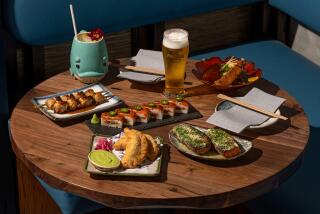A Bowlâs a Bowl, Except When Itâs Not
If a dish is the right size, shape and material for food, does that make it an acceptable food dish? Nope. Look at these two examples:
* When Patty and Rita, American volunteers in a Thai refugee camp, first arrived, they came upon some attractive plastic dishes that they thought were âperfect for salad.â However, when Thai personnel spotted these bowls on a communal dining table, they quickly removed them.
* Shortly after Dao arrived from Laos to join her Hmong relatives in Fresno, she purchased a bright red plastic serving bowl, but as soon as her American neighbor saw the bowl on Maoâs dinner table, she insisted that Mao not serve food in it.
What went wrong?
Patty and Rita chose the âsalad bowlsâ unaware that these vessels were used exclusively for bathing purposes. Thais dipped these bowls into large urns of water and then poured the water onto the body. Because they were usually used for sanitation purposes, the containers were seen as inappropriate for food.
Daoâs error was in buying a dog food bowl. She did not recognize the visual clue of its wide base, designed to prevent the dog from tipping it over.
Theoretically, a bowl is a bowl is a bowl, but cultures employ containers in mutually exclusive ways. Humans and animals do not share dishes; what is used for hygiene is not used for food. While those within a culture absorb the subtle rules for containers at an early age, many newcomers only learn appropriate use after making innocent blunders.
Folklorist Norine Dresser is the author of âMulticultural Mannersâ (Wiley, 1996). Contact her through Voices or by e-mail: [email protected]
More to Read
Eat your way across L.A.
Get our weekly Tasting Notes newsletter for reviews, news and more.
You may occasionally receive promotional content from the Los Angeles Times.






